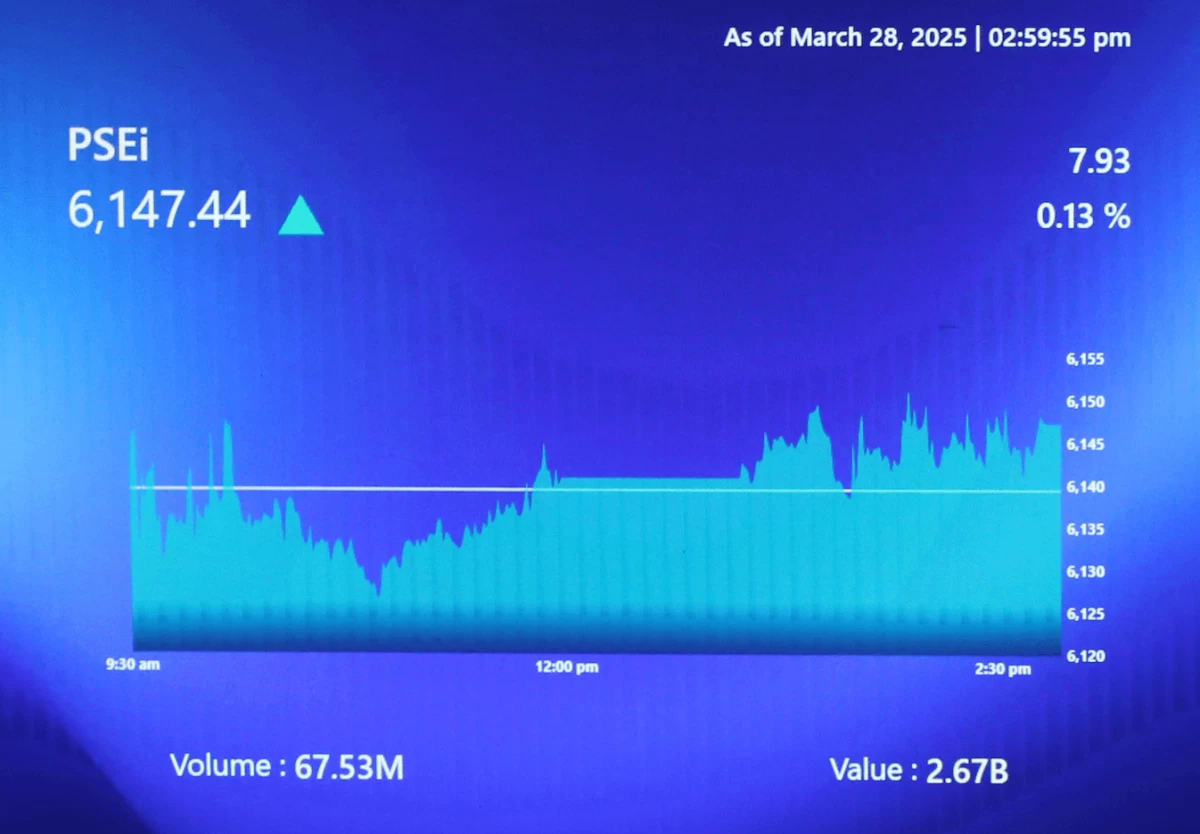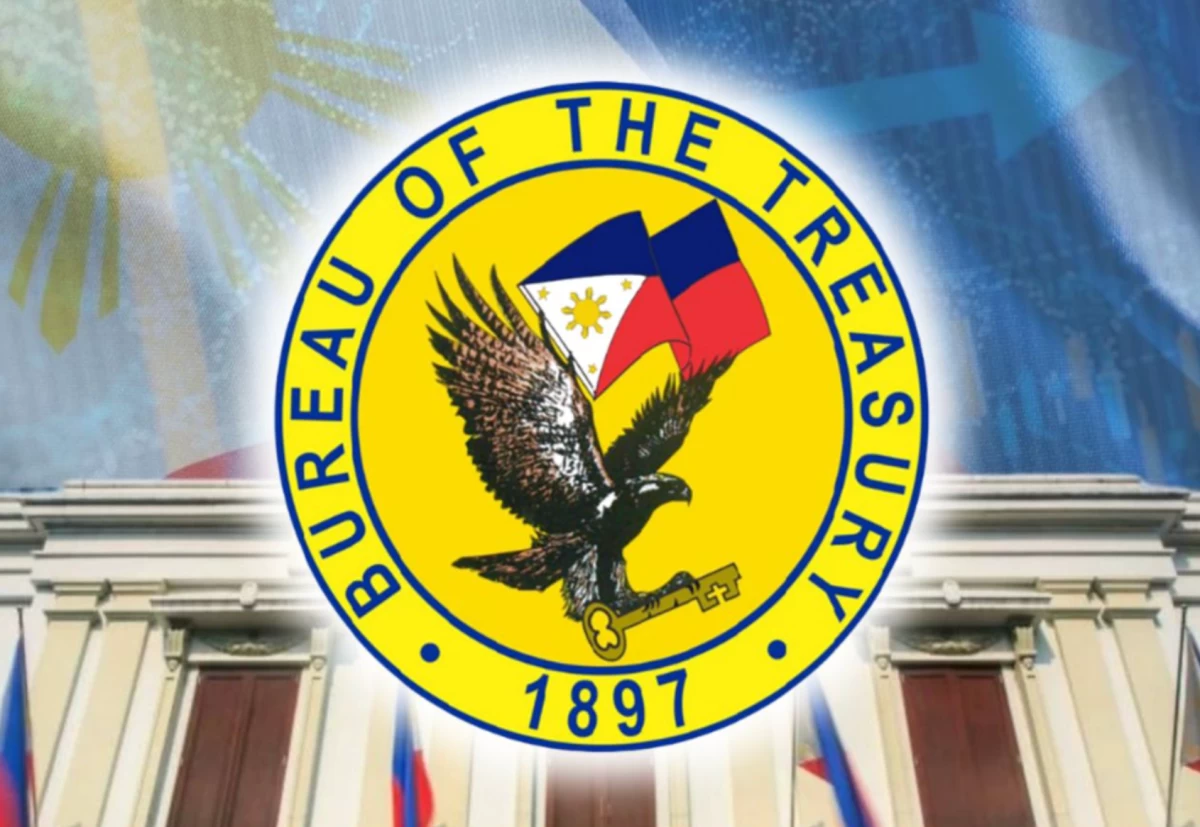
Upgrade to High-Speed Internet for only ₱1499/month!
Enjoy up to 100 Mbps fiber broadband, perfect for browsing, streaming, and gaming.
Visit Suniway.ph to learn

The Philippines will return to the World Bank the unspent portion of the Covid-19 response loans it secured during the height of the pandemic.
When the Philippines Covid-19 emergency response project ended last Dec. 29, 2024, 95 percent of loan proceeds totaling $585 million had been spent, the Washington-based multilateral lender said in a March 7 implementation status and results report.
The undisbursed amount is "expected to be returned after the deadline," the World Bank said.
To recall, the Philippines borrowed a total of $900 million from the World Bank for emergency response at the height of the most stringent pandemic lockdowns that wrought the country's worst post-war recession, as the economy stopped while the then-fragile health system struggled to contain the deadly virus.
By restructuring, a $300-million portion of the cumulative World Bank loans was cancelled and hence closed in October 2023.
As for the remainder, disbursement was high ahead of the closing date, which had been extended by one year to December 2024, instead of the original end-2023 deadline.
Of the restructured $ 500 million initial tranche secured in 2020, $14.82 million had been cancelled; 96.64 percent or $468.87 million out of the revised $ 485.18 million financing was disbursed until the loan closing date.
The second loan tranche, amounting to $100 million and taking effect in 2021, spent $90.3 million by the end of 2024.
As such, the Philippine government would return a total of $26.01 million to the World Bank—$16.31 million from the first loan tranche, plus $9.7 million from the second tranche.
The lender said that "most" of the project's targets were achieved "except for the Covid-19 testing capacity at a national reference laboratory and the goals for vaccine purchase and booster doses for vulnerable populations."
"These shortfalls were largely due to better deployment of testing resources and an oversupply of vaccines," it explained.
"To ensure efficiency, the project utilized standardized designs for isolation rooms and procured high-quality medical equipment directly from suppliers. The government secured timely vaccine deliveries through negotiated supply agreements and efficient distribution via a third-party logistics provider," the World Bank said.
"Efforts were also made to identify and address infrastructure gaps and prioritize vaccine distribution to vulnerable groups. However, a 12-month extension and the termination of several civil works projects affected overall implementation efficiency," according to the World Bank.
The lender rated this project's overall implementation progress as "moderately satisfactory," downgraded from "satisfactory" previously.
Just last week, the country secured World Bank approval for another health-related loan—the $495.6-million Philippines health system resilience project.
The new World Bank investment project financing is aimed at improving the quality and utilization of health services, as well as enhancing health emergency prevention, preparedness, and response in 17 provinces with low healthcare access capacity, including 11 in the war-torn southern island of Mindanao.
About 17.9 million Filipinos would benefit from this project, which will be rolled out by the Department of Health (DOH).
To fully implement the project, the national government will still have to shell out an amount equivalent to $6.16 million, while local government units (LGUs) shall shoulder $5.9 million of its cost.

.jpg) 3 months ago
17
3 months ago
17



